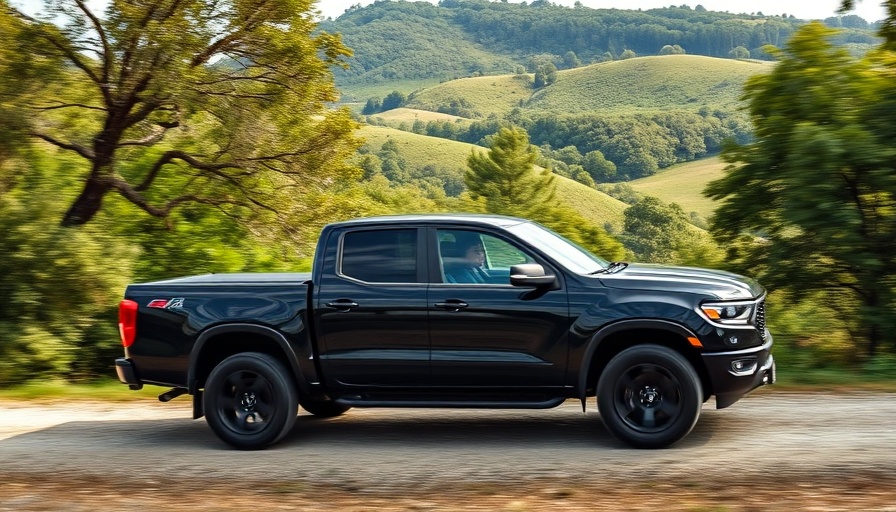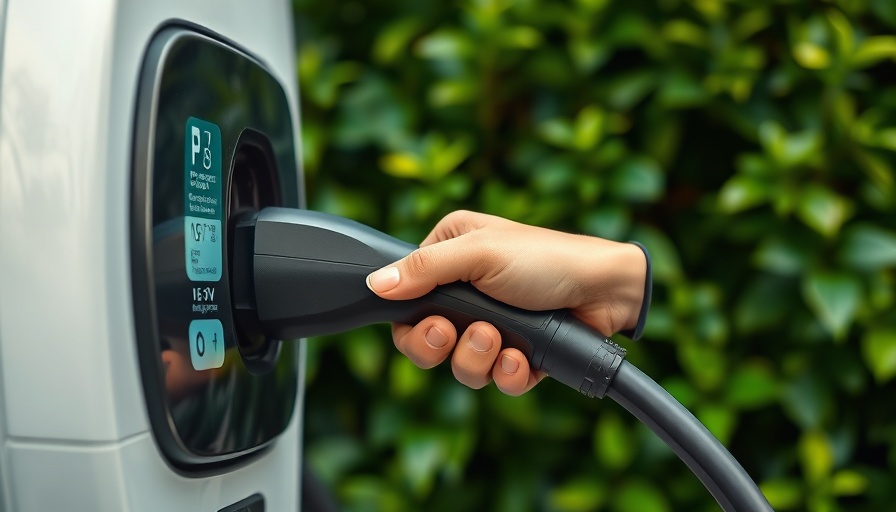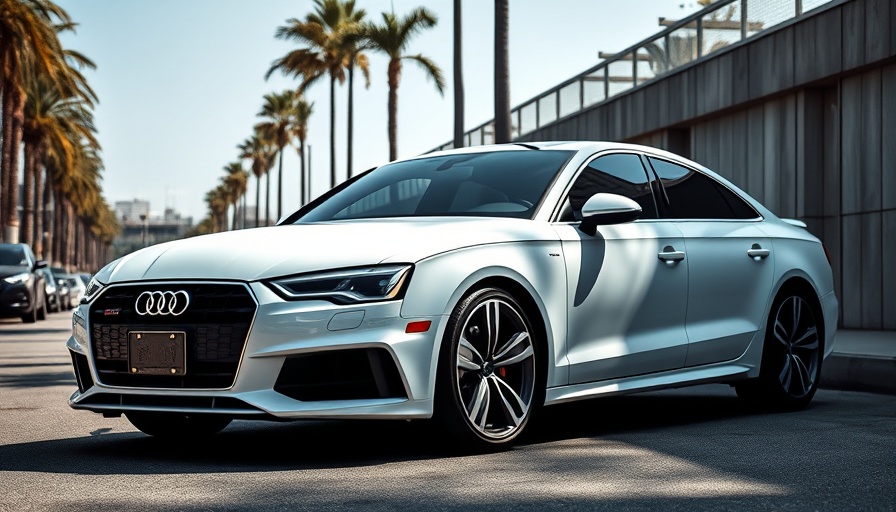
GM and Hyundai: A Strategic Partnership in Commercial EVs
In a notable shift within the automotive industry, General Motors (GM) is contemplating a collaborative venture with Hyundai to supply commercial electric vehicles (EVs) under GM’s own brand in the U.S. This move, as highlighted by Hyundai’s CFO, Seung Jo Lee, aims to efficiently introduce Hyundai’s established lineup into the North American commercial vehicle market. This significant decision, influenced by evolving consumer preferences for sustainability, has sparked curiosity about how it could reshape the landscape of commercial transportation.
The Road Ahead for Hyundai in the U.S. Market
Despite achieving success in various international markets, Hyundai has not previously entered the U.S. commercial vehicle segment under its own name. This new potential agreement with GM marks a critical moment for Hyundai, opening doors for their line of electric buses and heavy-duty trucks to reach American customers. While the automaker has already piloted fuel cell technology in California with its Xcient Fuel Cell Class 8 semi trucks, branding their offerings through GM could significantly amplify their presence in this marketplace.
BrightDrop and the Evolution of GM's Offerings
GM’s BrightDrop brand, which initially sought to cater to the electric delivery van segment, faced challenges in establishing a distinct identity. By merging BrightDrop into Chevrolet, GM aims to leverage Chevrolet’s broad dealer network. This strategy reflects a shift in focus as GM looks to fortify its electric vehicle footprint while ensuring offer consistency across the brand. Thus, the potential introduction of Hyundai vehicles as rebadged GM products may provide additional options for fleet operators looking for sustainable logistics solutions.
This Collaboration: A Wider View of Trends in Electric Vehicles
The automotive industry is at a critical juncture as consumer demand for electric vehicles surges, spurred by environmental awareness and regulatory changes aimed at reducing carbon footprints. Partnerships such as this one between GM and Hyundai might become more common, enabling traditional manufacturers to pool resources and expertise in response to market pressures. Exploring such collaborations could provide innovative solutions to meet increasing electric mobility needs.
Potential Challenges and Industry Implications
Although the collaboration between GM and Hyundai appears promising, it is not without challenges. Integration of supply chains, potential brand identity conflicts, and consumer acceptance are critical factors that must be addressed. Furthermore, the hesitance from GM historically to embrace new commercial segments, as noted in its previous stint with rebadged Nissan models, raises questions about whether this strategic pivot is a step towards future growth or merely an interim solution.
Conclusion: What’s Next in the EV Landscape?
The potential for GM to introduce Hyundai's commercial electric vehicles rebranded under its name presents a unique opportunity within the electric vehicle market. This move could redefine competition in the commercial sector and empower fleet operators seeking efficient, eco-friendly solutions. Keeping an eye on the developments of this initiative will be crucial for industry stakeholders, particularly e-bike dealerships and distributors, as it illustrates the transformational shifts occurring in transportation.
 Add Row
Add Row  Add
Add 




Write A Comment